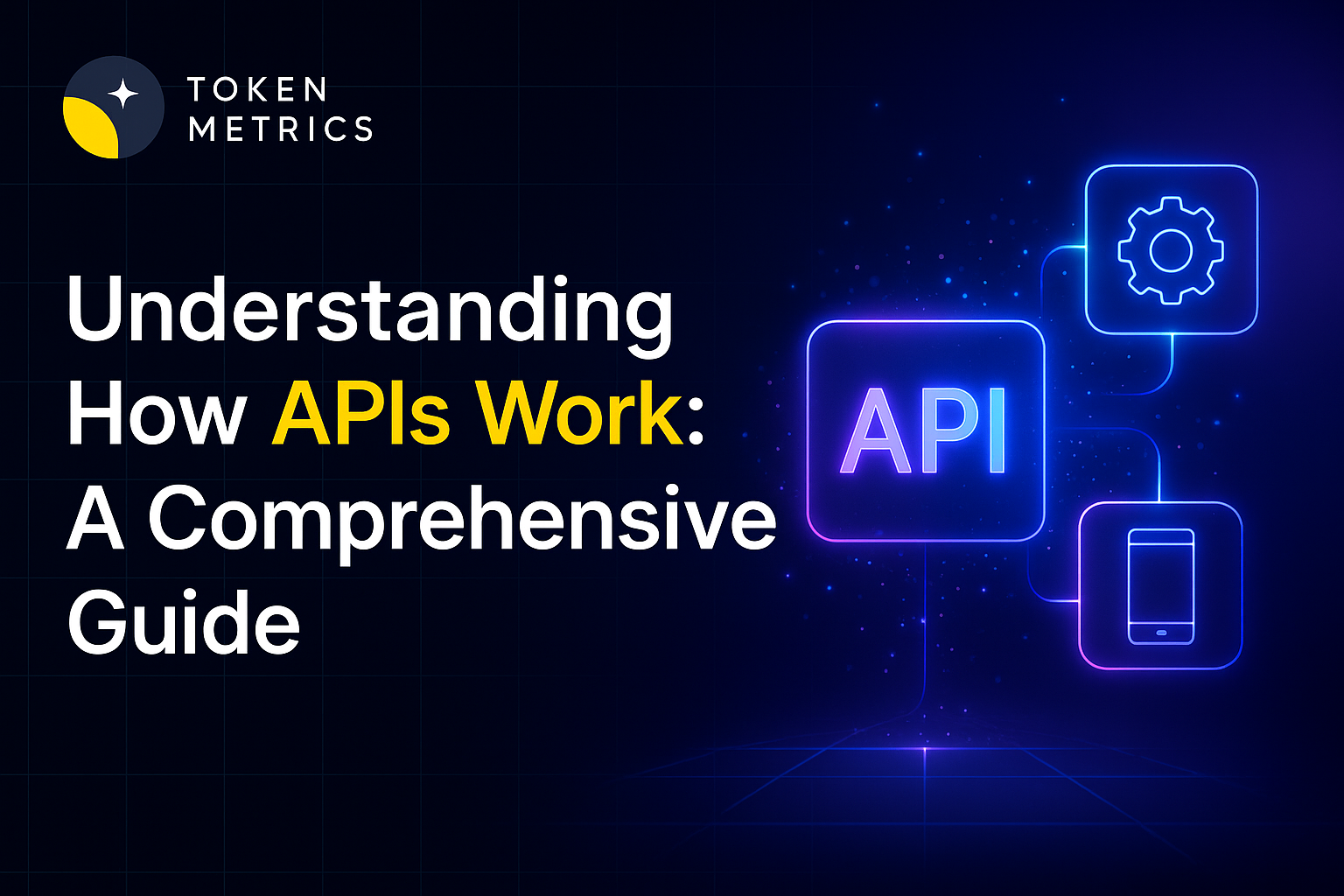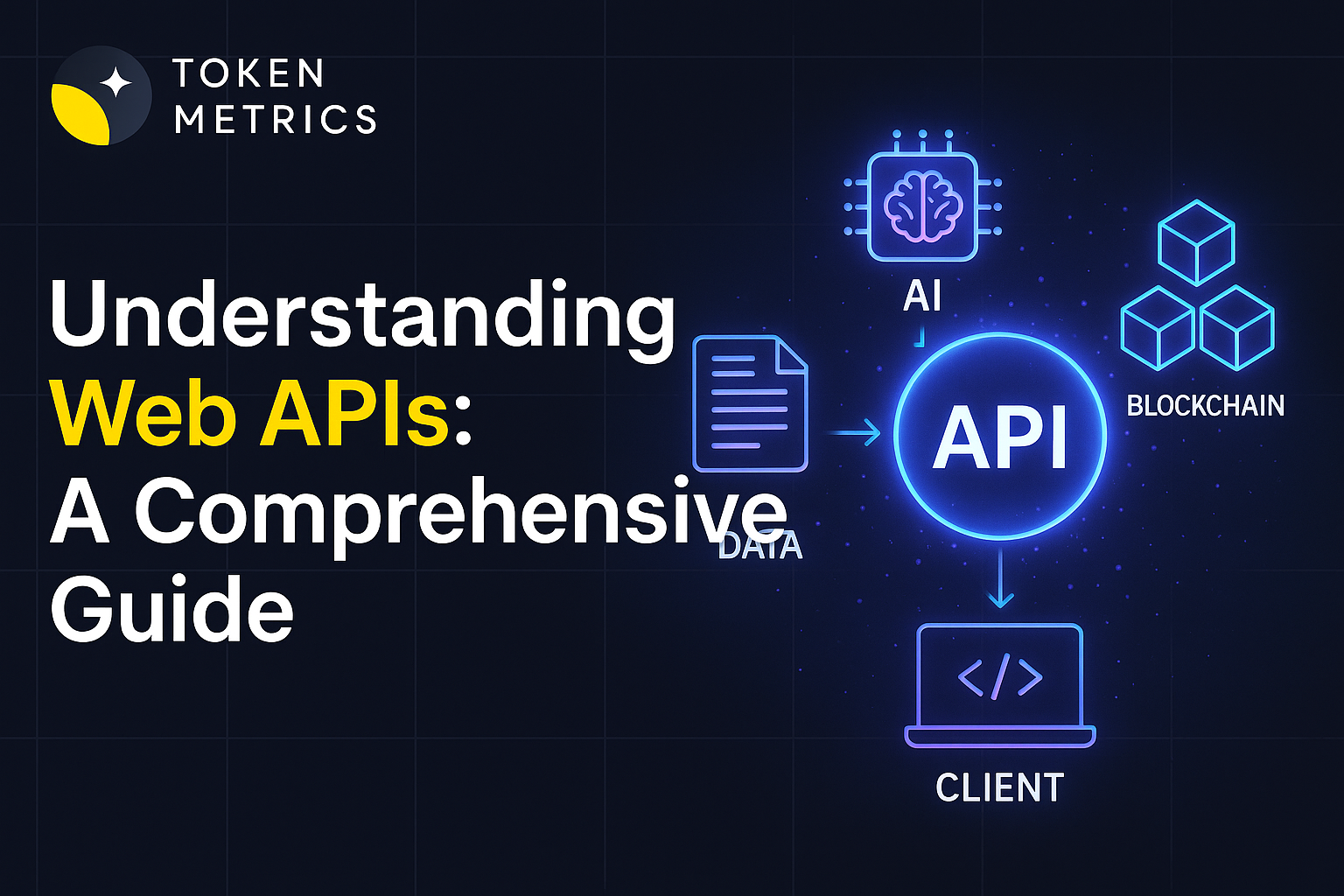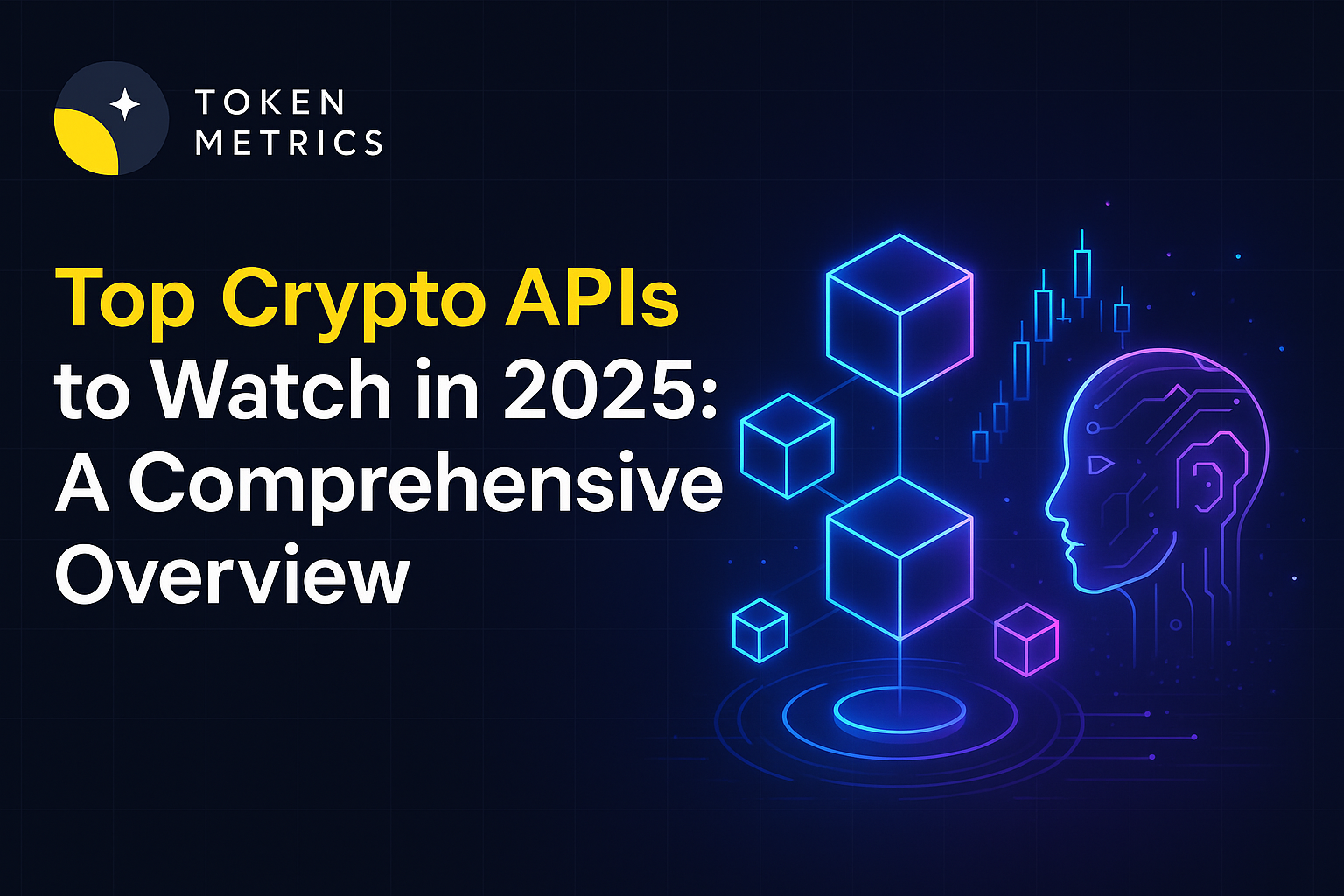What are Crypto Whales and How Do You Track Them?

Cryptocurrencies have gained immense popularity in recent years, and with that popularity comes the presence of influential individuals known as crypto whales.
These whales are wealthy investors who hold a significant amount of cryptocurrency in their digital wallets, giving them the power to impact the market. In this article, we will explore the concept of crypto whales, their impact on the market, and how you can track their activities.
Understanding Crypto Whales
Crypto whales, as the name suggests, are the giants of the crypto ocean. They are individuals or entities holding a substantial amount of cryptocurrency. These whales are often associated with well-known cryptocurrencies like Bitcoin and Ethereum but may also hold other altcoins.
The term "whale" originated from traditional financial markets, referring to investors with significant holdings capable of influencing market movements with their transactions. Similarly, in the crypto world, whales can create waves in the market due to the size of their trades.
Crypto whales can be individuals, companies, or organizations. They may engage in over-the-counter (OTC) trading rather than trading on traditional exchanges to avoid causing significant fluctuations in the market.
However, some whales intentionally manipulate the market through large transactions, which can have positive and negative effects.
The Impact of Crypto Whales on the Market
Crypto whales have the ability to impact the market by simply manipulating market sentiment. If a whale decides to sell a substantial amount of a particular cryptocurrency, it can cause the price to drop.
Conversely, if a whale buys a significant amount, it can increase the price. Other investors often follow the lead of whales, resulting in a domino effect on the market. These large-scale transactions can also affect the liquidity of a specific coin on exchanges.
Whales have the power to create artificial demand or supply through their trading activities, leading to price volatility and potential losses for smaller investors.
Tracking Crypto Whales
Tracking crypto whales and their activities is essential for traders and investors to stay ahead of potential market movements. Fortunately, blockchain technology provides transparency, allowing us to monitor whale transactions and identify their movements.
To track crypto whales, you can start by analyzing trading patterns. Whales often make significant trades that stand out from the regular market activity. You can identify potential whales by monitoring these trades and tracing them back to their origin.
Blockchain explorers like Blockchain.com or Etherscan provide valuable tools for tracking large transactions. These explorers allow you to search for specific wallet addresses and view the transaction history associated with those addresses. You can uncover potential whales by identifying wallets with a significant transaction volume.
Social media platforms like X (Twitter) can also be a valuable resource for tracking whale activities. Many individuals dedicated to whale watching report major whale movements and alert others in the community. By following these accounts, you can stay informed about the latest whale activities in the crypto market.
The Significance of Whale Watching
Whale watching involves closely monitoring the activities of crypto whales. By observing their moves and analyzing their intentions, traders and investors can react promptly to potential market shifts and avoid losses.
However, it is important to note that whale watching should not be the sole basis for making trading decisions. While whales can provide valuable insights into market sentiment, investors should conduct their research and analysis to make informed decisions. Following whales blindly or attempting to mirror their moves can be risky and may not always lead to favorable outcomes.
Famous Crypto Whales
The crypto industry has its fair share of famous whales who have significantly contributed to the market. These individuals have amassed substantial amounts of cryptocurrencies and significantly impacted market movements.
One prominent example is Brian Armstrong, the CEO of Coinbase, one of the largest cryptocurrency exchanges worldwide. Armstrong's net worth is estimated at billions of dollars, and his influence in the industry is undeniable.
Another well-known whale is Changpeng Zhao, also known as CZ, the co-founder and former CEO of Binance. Binance is currently the largest cryptocurrency exchange by market capitalization. CZ's investments and leadership have solidified his position as a major player in the crypto space.
The Winklevoss twins, Tyler and Cameron, are also notable crypto whales. They gained recognition for their involvement in the early days of Facebook and later invested heavily in Bitcoin. The twins founded Gemini, a well-established cryptocurrency exchange, and their crypto holdings have made them billionaires.
These are just a few examples of famous crypto whales, but many more individuals and entities have significant holdings in the crypto market.
The Role of Crypto Whales in the Market
Crypto whales play a complex role in the cryptocurrency market. On one hand, they have the potential to manipulate prices and create artificial market trends. Their large-scale trades can mislead smaller traders and create market irregularities.
On the other hand, crypto whales can also contribute positively to the market dynamics. By holding a significant portion of specific cryptocurrencies, they can create scarcity and drive up demand and value. Additionally, their trading activities can stimulate market activity and growth.
It is important for regulators to monitor whale activities and ensure fairness and transparency in the market. Striking a balance between market freedom and investor protection is crucial for maintaining a healthy and sustainable crypto ecosystem.
Conclusion
Crypto whales are influential players in the cryptocurrency market due to their substantial holdings and trading activities. They have the power to impact market sentiment, create price volatility, and influence the actions of other investors.
Tracking the activities of crypto whales is vital for traders and investors who want to stay informed and make informed decisions.
Individuals can gain insights into potential market shifts by analyzing trading patterns, using blockchain explorers, and following dedicated whale-watching accounts on social media.
However, it is important to approach whale-watching cautiously and not solely rely on whale movements when making trading decisions.
Conducting thorough research and analysis and considering other market factors is crucial for successful trading in the crypto market.
Crypto whales will continue to be a significant presence in the cryptocurrency market, and understanding their impact is key to navigating this dynamic and rapidly evolving industry.
Disclaimer
The information provided on this website does not constitute investment advice, financial advice, trading advice, or any other advice, and you should not treat any of the website's content as such.
Token Metrics does not recommend buying, selling, or holding any cryptocurrency. Conduct your due diligence and consult your financial advisor before making investment decisions.
Create Your Free Token Metrics Account

.png)




%201.svg)
%201.svg)


%201.svg)










.svg)




.png)